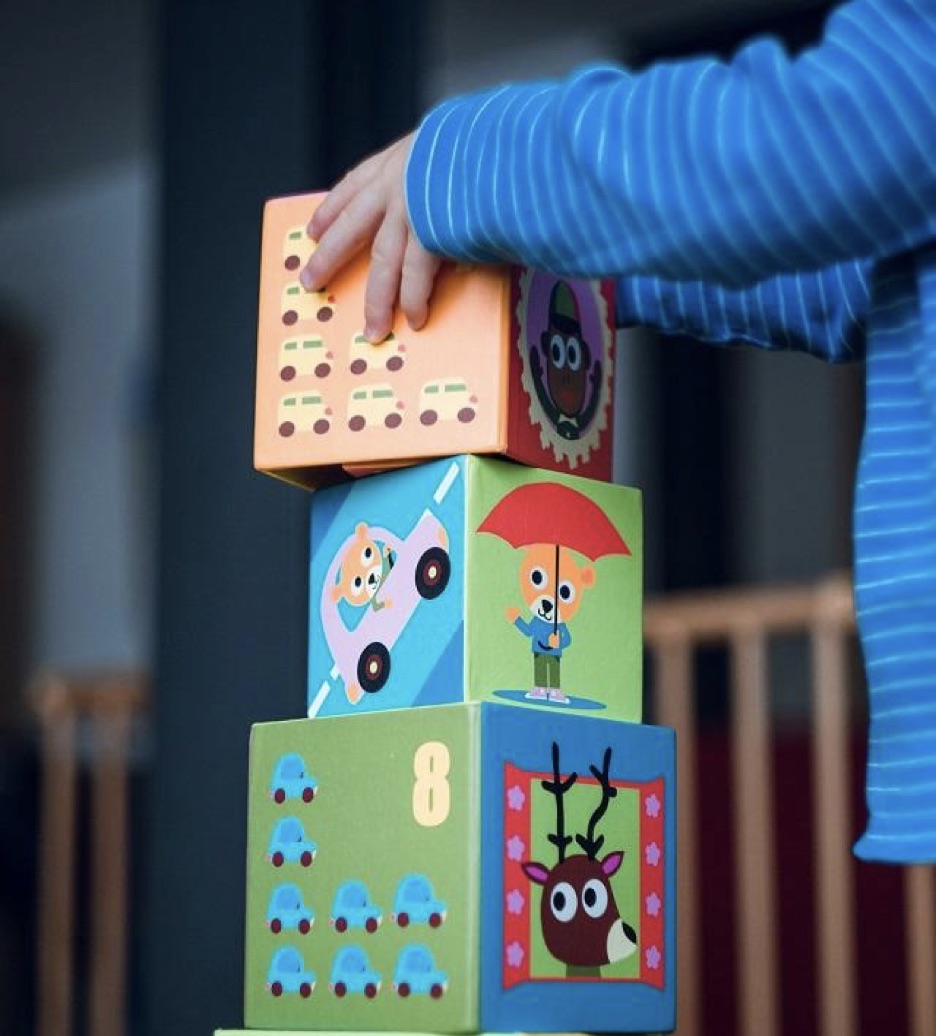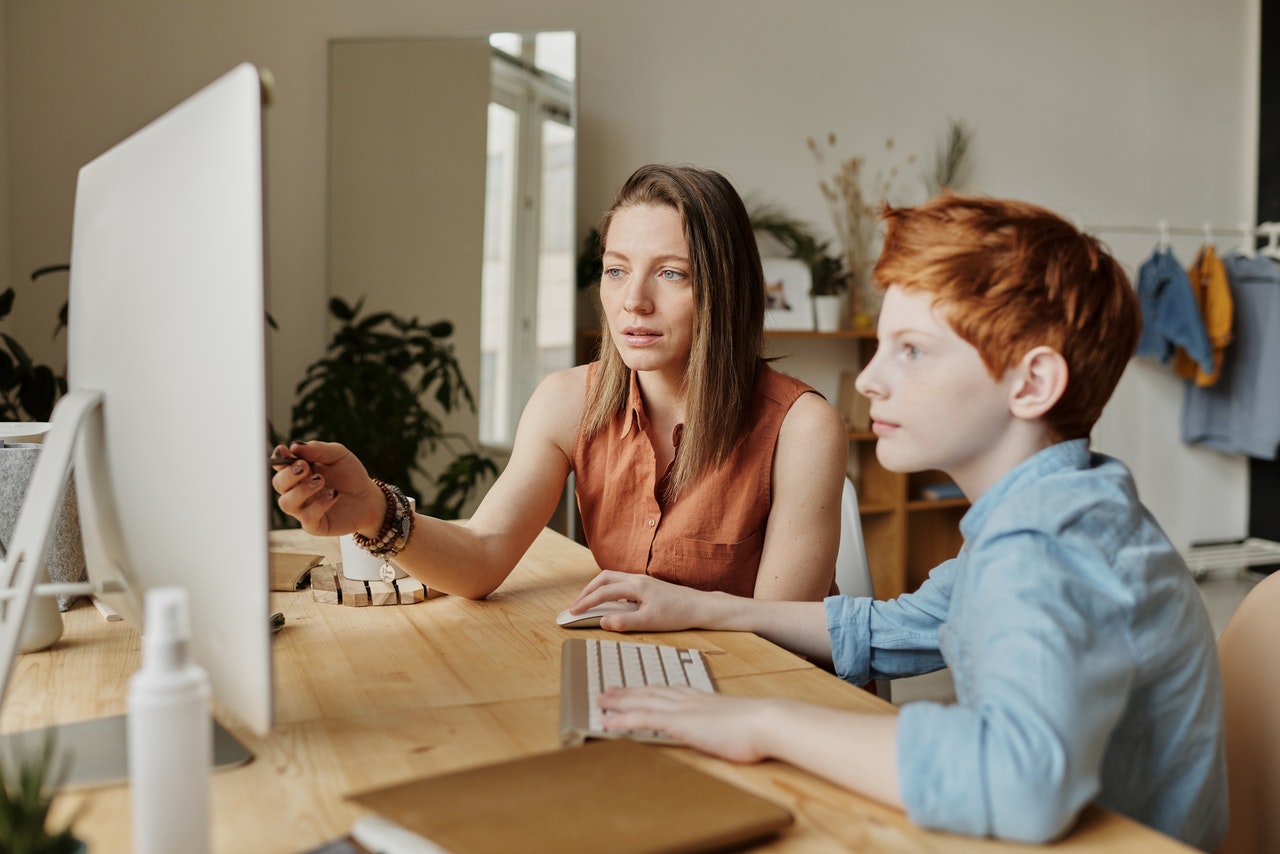Six Ways To Help Students Deal With Academic Burnout by Amanda Winstead

Photo by Monstera: Pexels
Every educator should be all too aware of how real academic burnout can be for students, especially as the holiday break draws near. After months of learning new information and skills, taking tests, and finishing up homework assignments, students can feel burnt out and exhausted, both mentally and physically.
Thus, it’s crucial for educators to truly understand what burnout is and recognize the signs. If students go too long feeling burnout, it can severely affect their educational experience and even start wearing on their mental health.
Let’s take a closer look at what academic burnout is as well as some ways educators can help students deal with it and even prevent it in the first place.
What Is Academic Burnout?
Usually, when you hear the word “burnout,” it refers to occupational burnout. We lead hectic and stressful lives today and, as such, burnout has become a major concern. In fact, the World Health Organization has deemed burnout an official syndrome that can be diagnosed.
However, while burnout typically refers to a syndrome that stems from chronic workplace stress, it’s important to recognize that this same overwhelming stress can occur as a result of chronic classroom or academic stress as well.
When students spend too much time pushing themselves at school and then working on homework when they go home, they can easily become overwhelmed and exhausted. Students need time to de-stress and take care of themselves just as much as working adults do.
Unfortunately, not all educators know how to recognize the signs of academic burnout and what to do about it — but they should. Some of the most noticeable signs of a student dealing with burnout include:
Increasing self-doubt
Feeling defeated more than usual
Detachment and disinterest
Lack of motivation
Poor or negative attitude that is getting worse or not going away
Emotional and physical exhaustion

Photo by Andrea Piacquadio: Pexels
Six Ways Educators Can Help Students Prevent and Manage Academic Burnout
Academic burnout is not something to take lightly, as it can significantly impact a student’s life and success. Luckily, there are ways educators can help their students mitigate and manage their academic burnout.
1. Make student health a priority
First and foremost, the well-being of your students should be a top priority. It’s difficult to teach your students adequately if they are struggling with their mental health.
Supporting student mental health not only shows them that you care and have their best interests in mind, but it can also teach them how to manage and prioritize their own well-being. You can do this by bringing mindfulness exercises to the classroom, normalizing mental health check-ins with personal awareness, and offering resources to students who might need to talk to someone about their mental health.
Making your students’ mental health, a priority can go a long way toward helping them better manage stress and prevent burnout.
2. Teach healthy coping strategies
For some students, suffering from academic burnout is the result of poor stress-coping habits. Thus, teach them healthier academic coping strategies, such as how to:
Stay present and aware
Recognize their needs and prioritize them
Build self-care habits
Use positive self-talk and be kind to yourself
Essentially, you want them to understand that it’s okay to not always be the perfect student. They are allowed to give themselves a break and even forgive themselves when they mess up or fall behind.
3. Encourage healthy habits
When students are overwhelmed by school, they can start developing unhealthy habits. They might start sleeping poorly, exercising less, and developing unhealthy eating habits. All of these things can make the symptoms of academic burnout worse.
While it is the job of the parent to promote healthy habits, teachers can also encourage healthy habits in the classroom. You can teach them that eating smarter makes them smarter, that getting a good night’s rest can help them focus better in school, and that making time to exercise can boost their mood.
There’s no one right way to encourage healthy habits in the classroom, but doing so can help students better manage their stress.
4. Provide more outlets for students to have fun and de-stress
Learning doesn’t have to just be about sitting at a desk listening to a lecture or reading out of a textbook. There are many other fun ways to help your students learn while also providing them with an outlet to have some more fun and release some of their stress.
Educational video games, for example, can be a great way to boost student engagement while also giving them a much-needed break from more traditional and mentally exhausting teaching methods. You can also use other types of games or more interactive and fun lessons.
If you feel like your students are more stressed and overworked than usual, you can also offer them more breaks during lessons. Even just five minutes here and there can allow them to give their brains a much-needed break. You can even guide them through some meditation or even mini-stretch sessions to help them alleviate stress.
5. Encourage socialization with their peers
When students are burnt out, they might start to isolate themselves and spend less time with their peers. But socialization is important, and it can help them find support in friendship and give them an outlet for their stress.
Of course, you can’t control what your students do with their time outside of the classroom, but you can help by encouraging them to participate in extra-curricular activities or even join a student club.
6. Help them stay organized and set realistic goals
Burnout can also be the result of poor organization and time management, and not all students are great at this, especially when they are younger. So an important aspect of helping students deal with their burnout is teaching them how to be more organized.
This can also include teaching them how to set more realistic and attainable goals. As students get older, they start setting academic goals for themselves, especially if they hope to go to college or land a job.
But this can sometimes lead to them putting too much pressure on themselves by setting unrealistic goals. Helping them learn to better manage their workloads while also teaching them how to set more attainable goals can help them mitigate stress that can lead to burnout.
Wrapping Up
As an educator, you are likely aware that no two students are the same. So not all of the above tips will necessarily work for every student. In the end, the most important thing you can teach them is that it’s okay to ask for help. If they are struggling and feeling burnt out, help them understand that it’s okay to reach out to you, their parents, the guidance counselor, or anyone else for help.
Amanda Winstead
Amanda is a freelance writer out of Portland, focusing on many topics, including educational technology. Along with writing, she enjoys traveling, reading, working out, and going to concerts. If you want to follow her writing journey or even just say hi, you can find her on Twitter.























